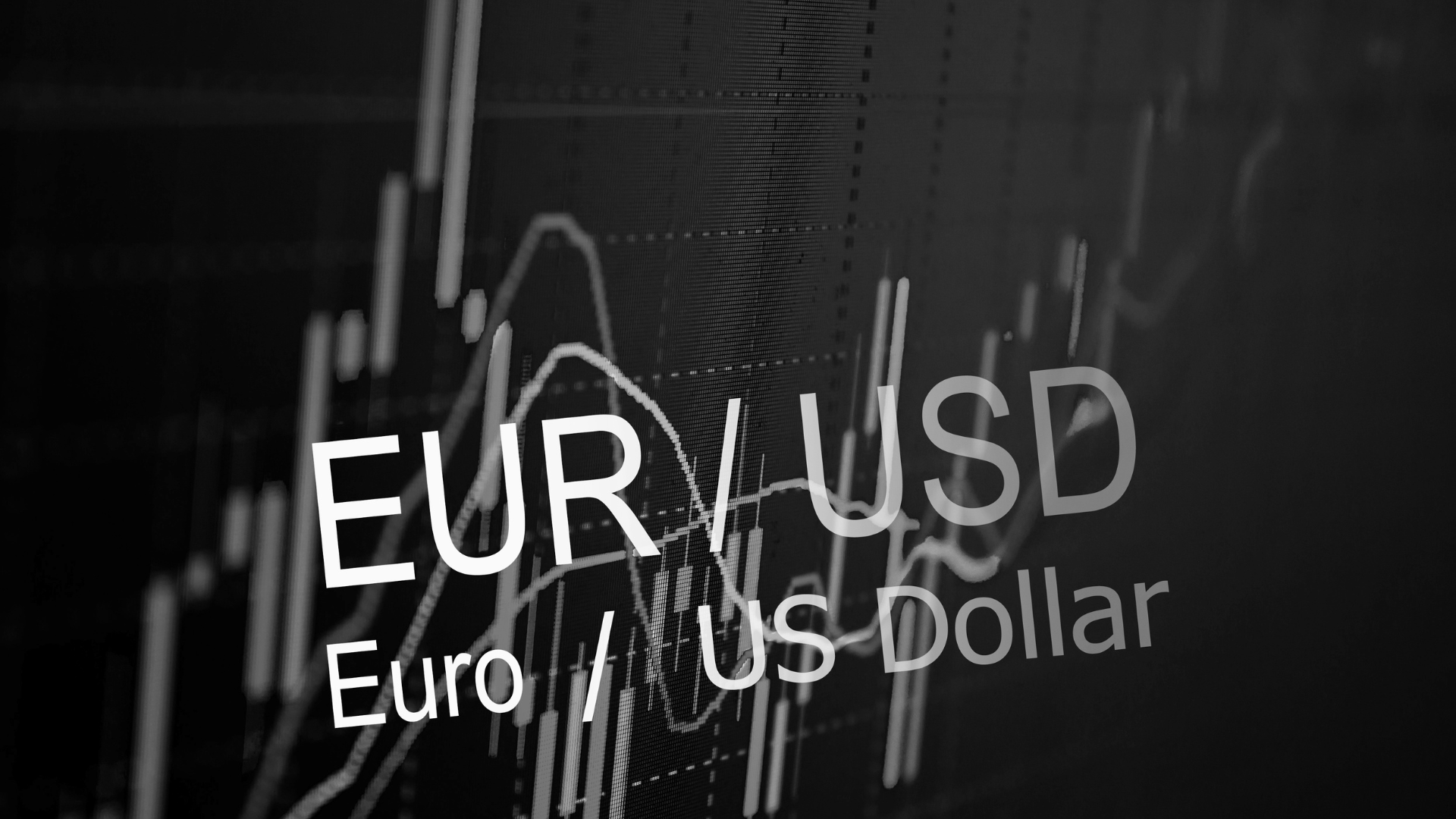The EUR/USD pair hovers around 1.0300, struggling to gain momentum as renewed trade tensions weigh on market sentiment. Investors remain cautious after former U.S. President Donald Trump signaled the possibility of new tariffs, reviving concerns over transatlantic trade relations and broader economic uncertainty.
The prospect of fresh trade restrictions on European goods has fueled dollar demand, with markets bracing for potential retaliatory measures from the European Union. Traders are closely watching for further developments, particularly any signals from policymakers that could influence the outlook for global trade flows.
Meanwhile, the Federal Reserve’s policy trajectory remains a key driver for the currency pair. Recent hawkish comments from Fed officials have reinforced expectations of a tighter monetary stance, adding to the dollar’s resilience. In contrast, the European Central Bank has maintained a more measured approach, limiting the euro’s ability to rebound.
Risk sentiment has also deteriorated, with investors favoring safe-haven assets as geopolitical tensions and recession fears persist. The uncertainty surrounding the U.S. election cycle and its implications for trade policies have further clouded market direction, keeping pressure on the euro.
Despite the current weakness, some analysts argue that EUR/USD could find support if the U.S. economy shows signs of slowing, forcing the Fed to reconsider its aggressive rate path. Additionally, stronger-than-expected European economic data could help stabilize the currency pair in the near term.
For now, traders remain on edge, with 1.0300 acting as a key technical level to watch. Any escalation in trade rhetoric or a shift in central bank policy expectations could trigger sharper moves in the forex market, leaving EUR/USD vulnerable to further volatility.













